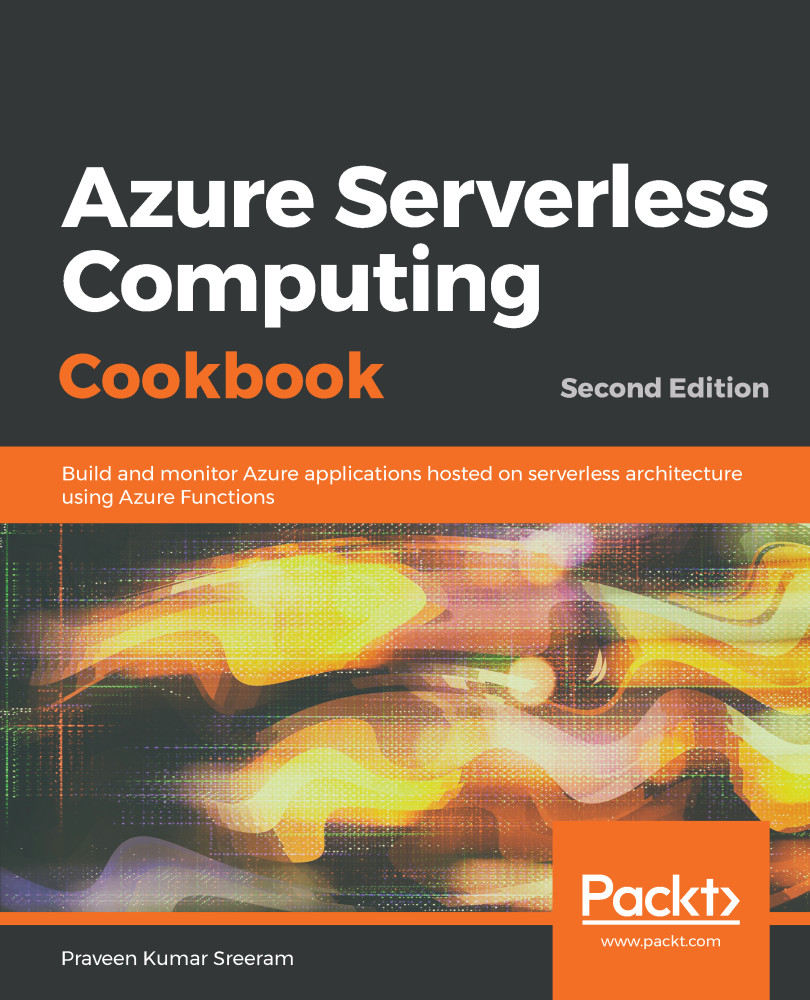Every application that you develop will have many configuration items (such as application settings as connection strings) that will be stored in Web.Config files for all your .NET-based web applications.
In the traditional on-premise world, the Web.Config file will be located on the server and the file will be accessible to all people who have access to the server. Although it is possible to encrypt all the configuration items in Web.Config, it had its limitations, and they're not easy to decrypt every time you want to view or update them.
In the Azure PaaS world, with Azure App Services you still can have Web.Config files and they work as they used to in the traditional on-premise world. However, Azure App Service provides us with an additional feature in terms of application settings, where you...



